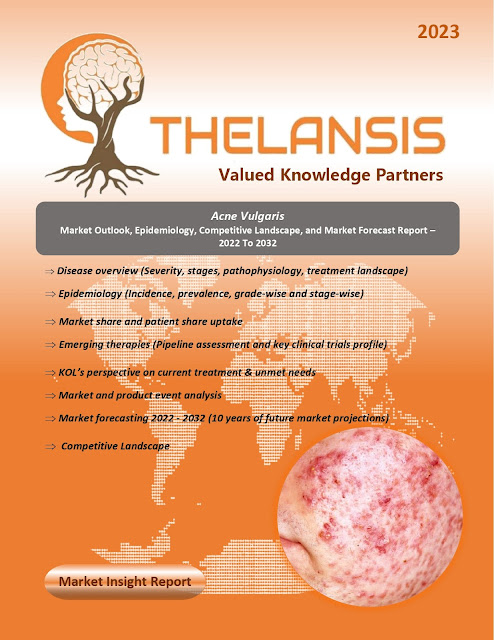Anal Fistula – Market Outlook, Epidemiology, Competitive Landscape, and Market Forecast Report – 2023 To 2033
An anal fistula typically develops when the anal glands located in the intersphincteric plane become blocked and infected, forming a cryptoglandular abscess. In some cases, even after drainage, up to 40% of perirectal abscesses can progress to fistulas, with spontaneously drained abscesses having a higher rate of fistula formation, reaching up to 66%. An acute or chronic anal fistula can be distressing for patients and significantly impact their quality of life. These fistulas are commonly categorized based on their anatomical positions. Classification of Anorectal Fistulas includes:
- Transphincteric fistula
- High intersphincteric fistula
- Suprasphincteric fistula
- Extrasphincteric fistula
Multiple factors contribute to the development of fistulas. The mnemonic "FRIEND" serves as a memory aid: "F" for foreign body, "R" for radiation, "I" for infection or Inflammatory Bowel Disease, "E" for epithelialization, "N" for neoplasm, and "D" for distal obstruction (as seen in the cryptoglandular theory). An anal fistula, an epithelialized connection between the anal canal and the external peri-anal area, is characterized by inflammatory and granulation tissue. The presence of distal obstruction impedes the natural healing of the fistula. The continual turnover of cells leads to constant debris within the fistula tract, causing obstruction and hindering the healing process. Utilizing a seton, a piece of material placed in the fistula exemplifies this concept as it enables continuous drainage and often results in the fistula migrating and eventually healing. Treatment for a fistula depends on its underlying cause. However, in general, an examination under anesthesia is typically performed to locate the fistulous tract using a lacrimal probe and substances like methylene blue or hydrogen peroxide. Anal fistulas typically require surgical intervention, as they rarely resolve independently without treatment. The primary treatment options encompass the following:
- Fistulotomy: This procedure involves cutting open the entire length of the fistula, encouraging it to heal into a flat scar.
- Seton procedures: A surgical thread, a seton, is placed within the fistula and left in position for several weeks to facilitate healing before subsequent treatment procedures are conducted.
Thelansis’s “Anal Fistula Market Outlook, Epidemiology, Competitive Landscape, and Market Forecast Report – 2023 To 2033" covers disease overview, epidemiology, drug utilization, prescription share analysis, competitive landscape, clinical practice, regulatory landscape, patient share, market uptake, market forecast, and key market insights under the potential Anal Fistula treatment modalities options for eight major markets (USA, Germany, France, Italy, Spain, UK, Japan, and China).
KOLs insights of Anal Fistula across 8 MM market from the centre of Excellence/ Public/ Private hospitals participated in the study. Insights around current treatment landscape, epidemiology, clinical characteristics, future treatment paradigm, and Unmet needs.
Anal Fistula Market Forecast Patient Based Forecast Model (MS. Excel Based Automated Dashboard), which Data Inputs with sourcing, Market Event, and Product Event, Country specific Forecast Model, Market uptake and patient share uptake, Attribute Analysis, Analog Analysis, Disease burden, and pricing scenario, Summary, and Insights.
Thelansis Competitive Intelligence (CI) practice has been established based on a deep understanding of the pharma/biotech business environment to provide an optimized support system to all levels of the decision-making process. It enables business leaders in forward-thinking and proactive decision-making. Thelansis supports scientific and commercial teams in seamless CI support by creating an AI/ ML-based technology-driven platform that manages the data flow from primary and secondary sources.



%20Market%20Outlook%20and%20Forecast.webp)
Comments
Post a Comment